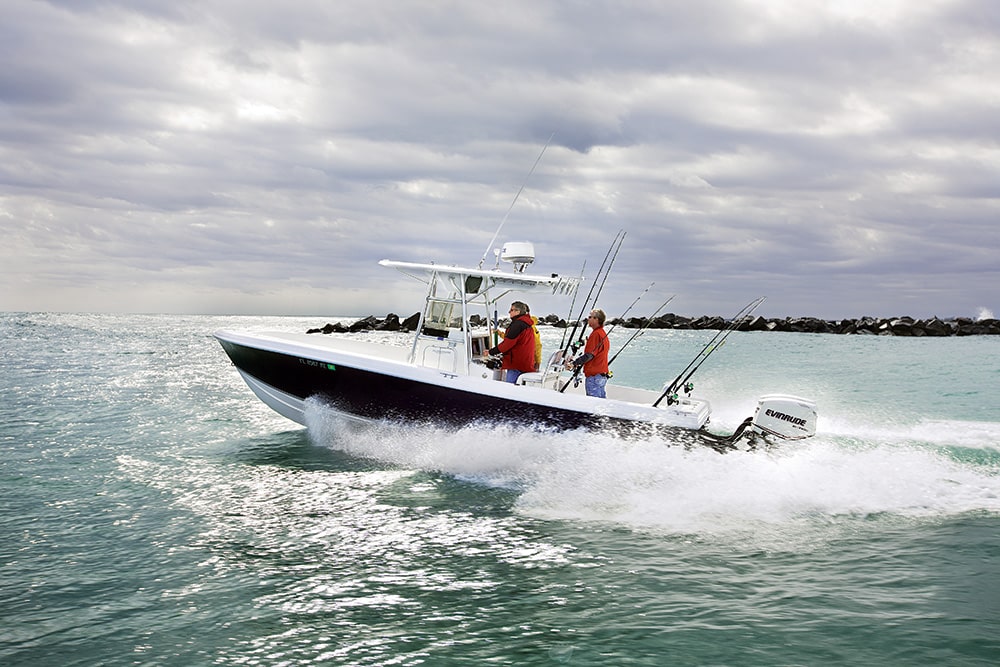
These expert tips will let you leave fuel docks in your wake and keep more cash in your pocket.
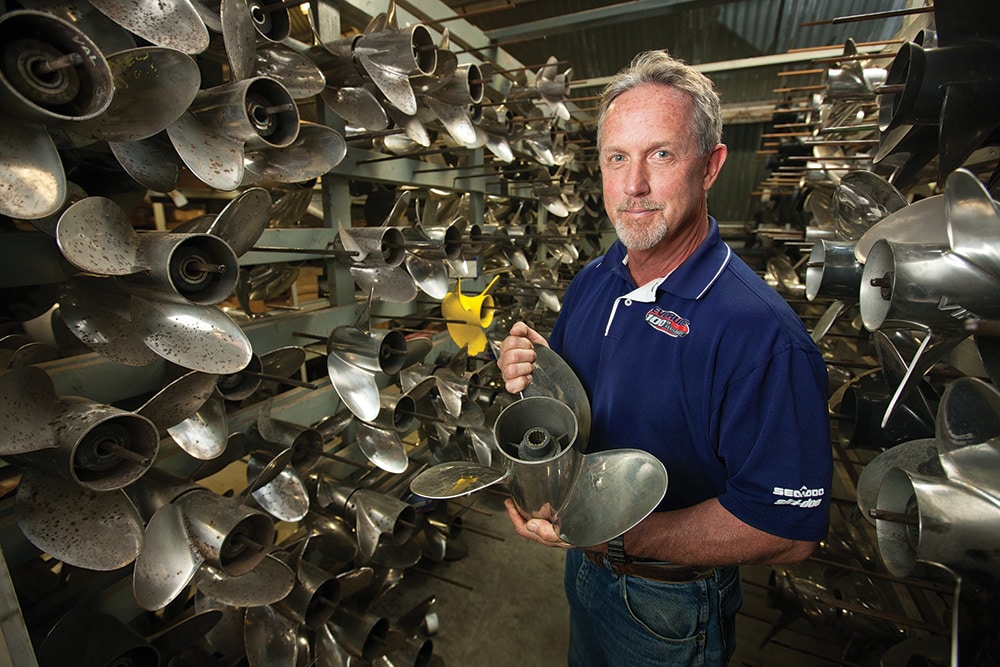
Choose the Right Prop
The primary criterion for selecting a propeller is to make sure it allows the engine to “turn up” to a speed within the band designated by the manufacturer – usually within 500 revolutions of absolute top rpm. Within that band, you can select a variety of props that will allow the engine to turn up, yet have differences in pitch and number of blades, plus possess more subtle characteristics such as rake, skew and cup.
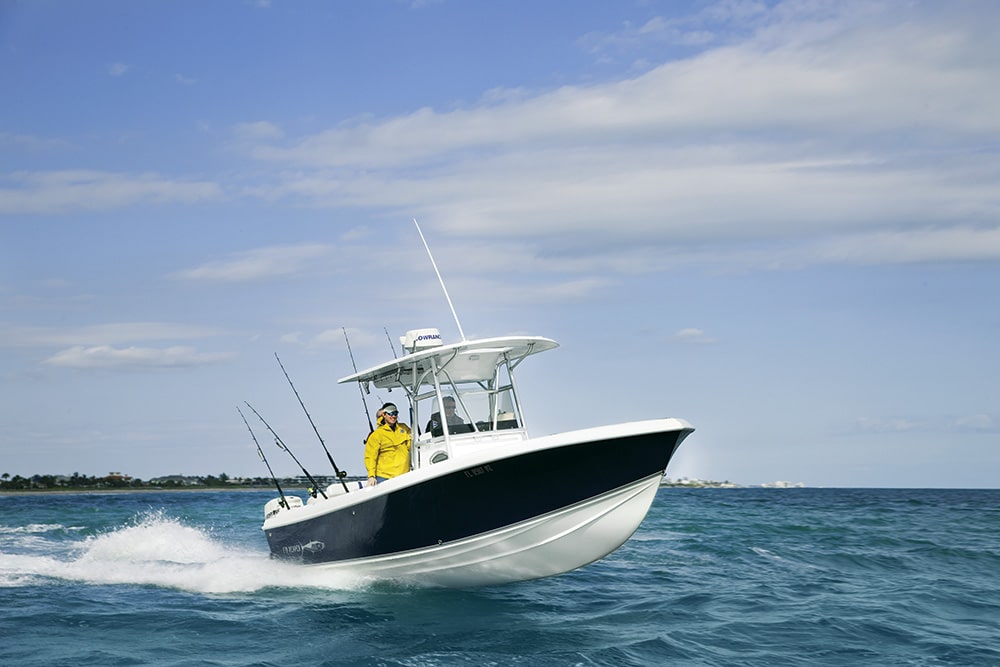
Optimum Trim
Properly trimming out reduces the wetted surface of the hull by raising the bow.
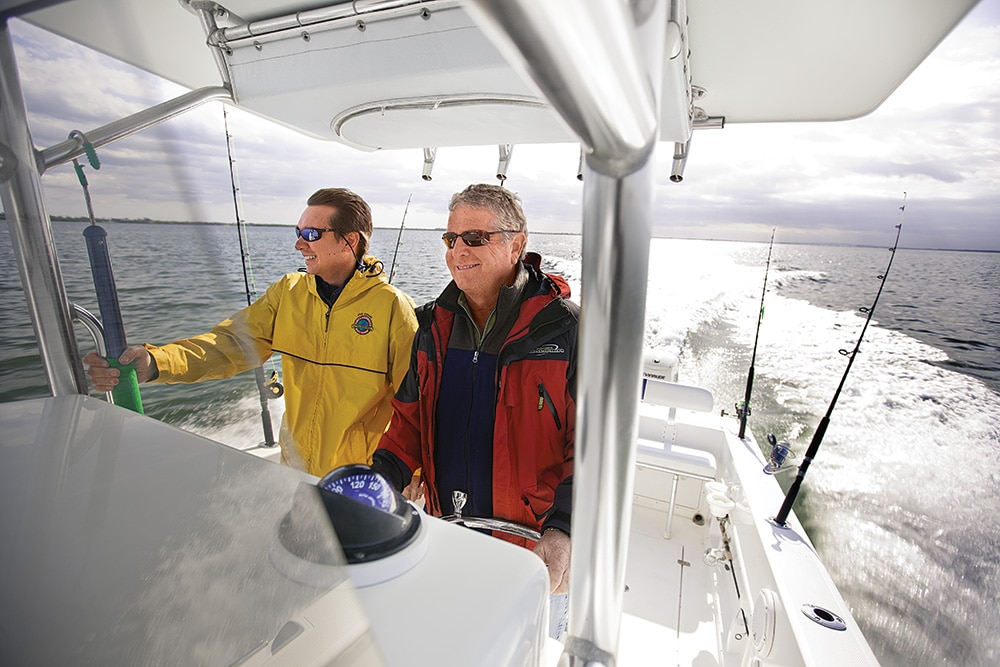
T-Tops, Hardtops, Towers
Opening or closing windshields, and raising or lowering canvas enclosures can help improve fuel efficiency.
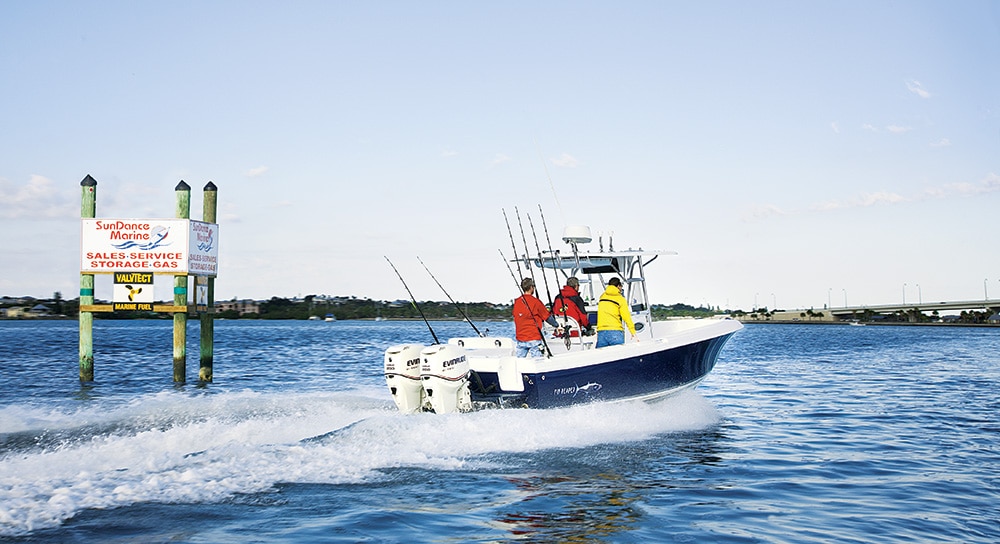
Back Off, Burn Less
Unless you’re in a tournament, are racing to make a bridge opening or have that momentary need for speed that afflicts us all, slow down to save fuel without costing any real time.
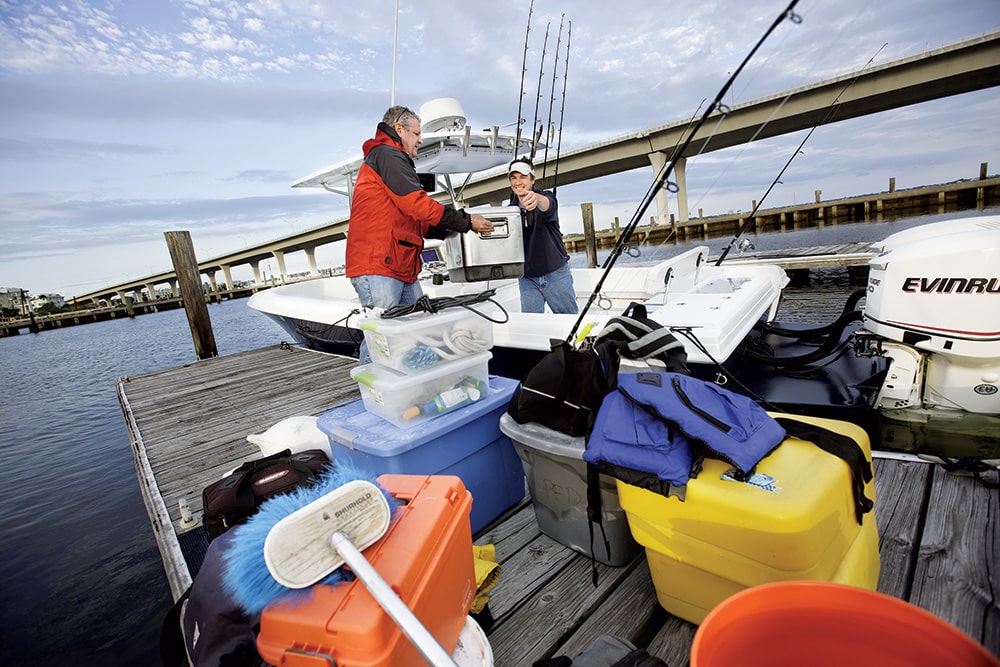
Pounds = A Real Drag
One of the quickest ways to get more miles per gallon is to get the lead out!
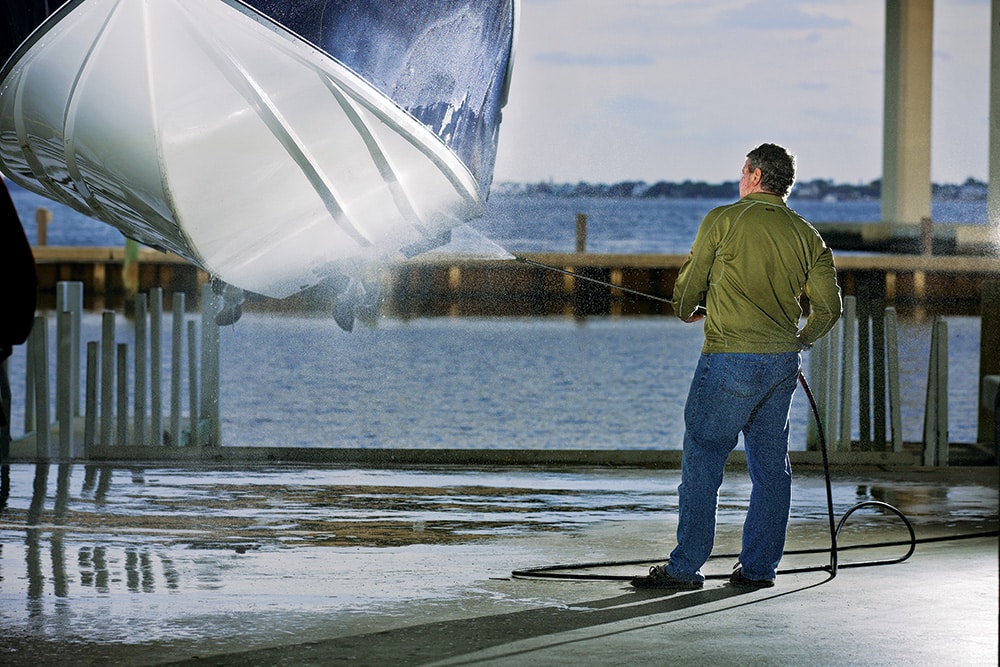
Later Craters
Efficiency mavens select ablative paints, such as Interlux Micron or Petit Hydrocoat. These wear away, leaving a smooth surface. If your boat has sat idle for a while, it pays to hire a diver to scrub the bottom or to don a mask and fins and do it yourself.
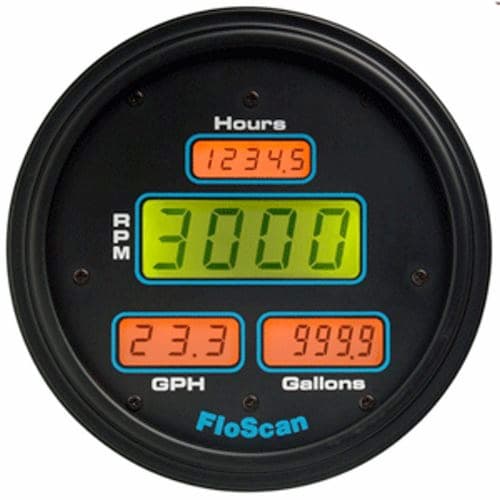
Electronics can also help improve your boat’s efficiency and reduce the number of stops you make at the fuel dock. FloScan’s CruiseMaster 5500 fuel meter is an effective way to record fuel consumed and find your most efficient speed.
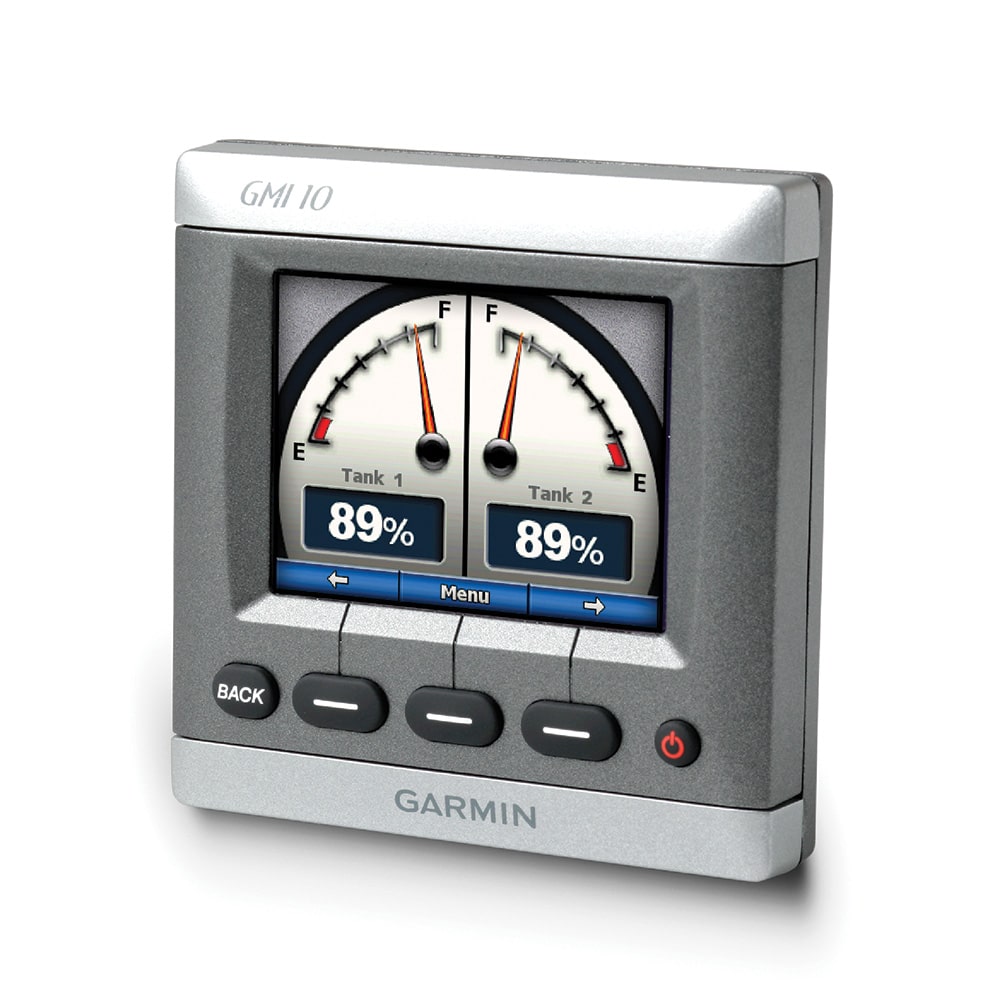
Connect Garmin’s GMI 10 to its GFS 10 fuel sensor and you’ll have an economy and gallons-per-hour fuel monitor.
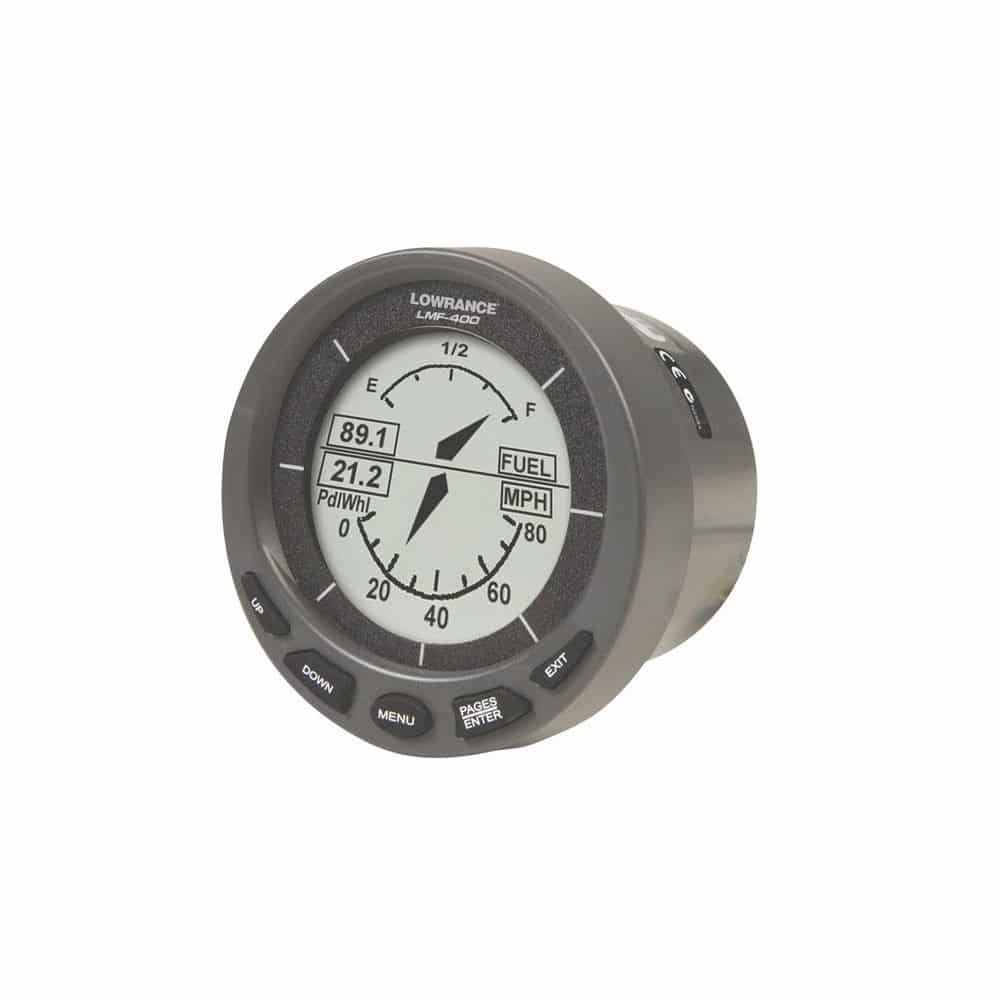
Connect the Lowrance LMF-400 or LMF-200 to Lowrance’s EP-60R gas engine fuel sensor, and you have fuel flow, consumption, trip fuel used and seasonal fuel information at the touch of a fingertip.
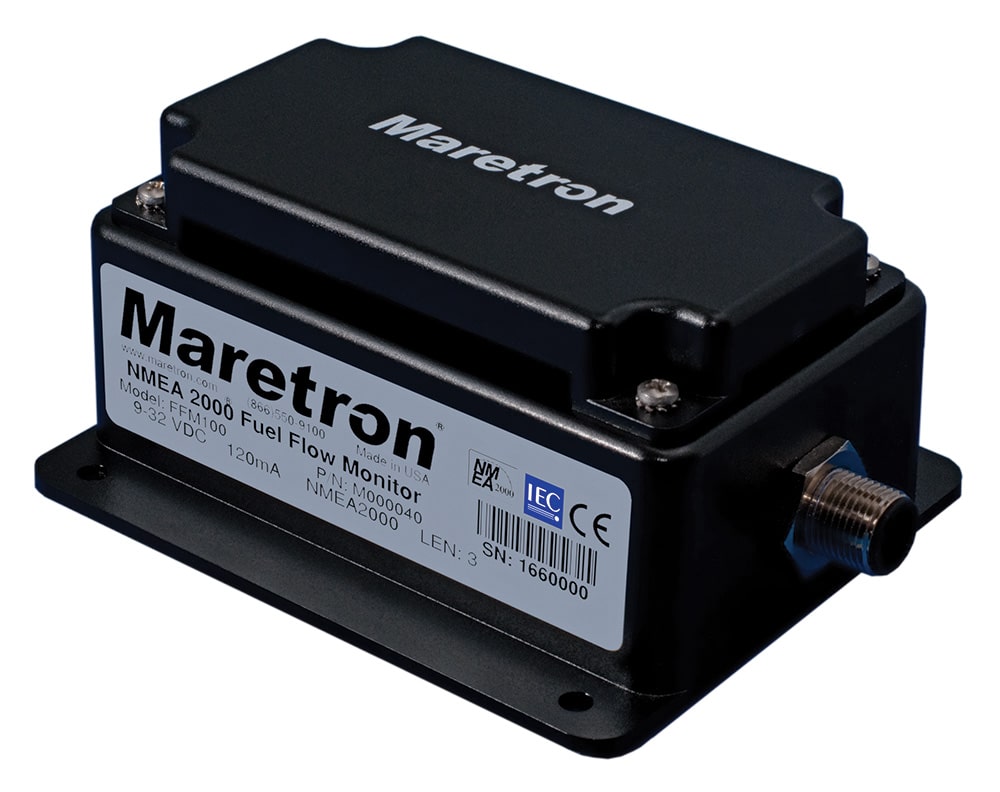
Maretron’s FFM100 module, combined with an appropriate fuel sensor, delivers detailed fuel-management information to any NMEA 2000 standard display.
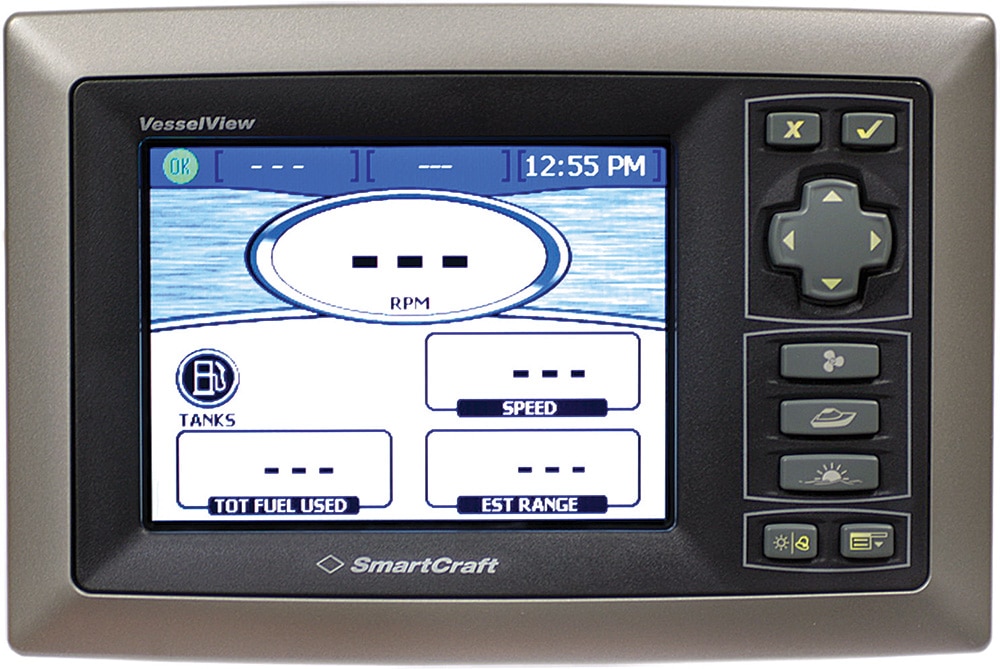
Mercury Marine offers the SmartCraft VesselView integrated control center. It displays approximately 50 functions, including fuel level, fuel used, fuel range, low fuel and fuel to a waypoint.








